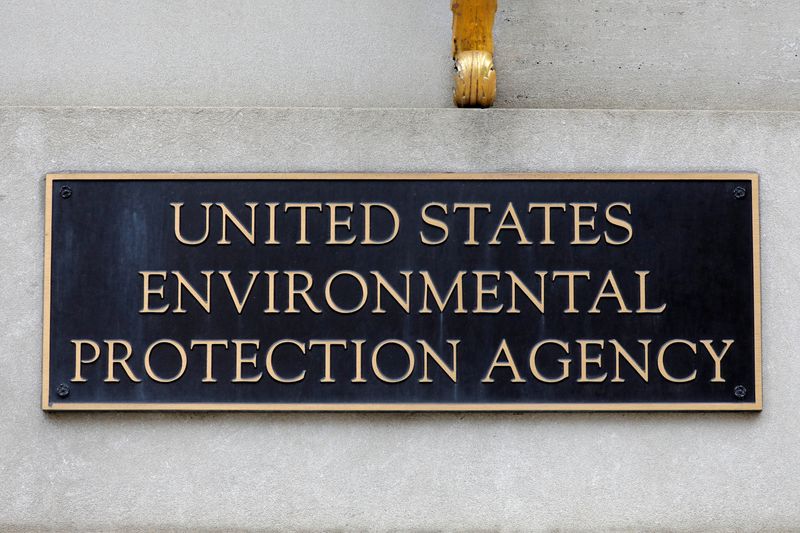By Valerie Volcovici
WASHINGTON (Reuters) -The Environmental Protection Agency (EPA) on Friday announced 22 new sites that will benefit from $1 billion in funding from a program designed to remediate hazardous waste sites, such as landfills, mines and manufacturing facilities.
The EPA also said it will use the funds to expedite the cleanup of 100 ongoing projects across the United States.
The $1 billion is the second tranche in $3.5 billion in funding appropriated by the Bipartisan Infrastructure Bill, which President Joe Biden signed into law in 2021.
The Superfund program, originally created in 1980, enables the EPA to repurpose unusable land for new economic development.
"We're continuing to build on this momentum to ensure that communities living near many of the most serious uncontrolled or abandoned releases of contamination finally get the investments and protections they deserve," EPA Administrator Michael Regan said in a statement.
Of the new cleanup sites announced on Friday, 60% are in low-income or minority communities that are chronically overpolluted. They have been identified using the EPA's EJSCREEN mapping tool.
The funding will be used to clean up a water contamination site in Indiana, an old General Motors (NYSE:GM) foundry in New York state and a landfill in Virginia, for example.
Around $50 million will go toward a project to remediate lead across a residential neighborhood in the Atlanta area with a legacy of pollution. The area has been waiting for years to access federal funds.
"It couldn't come soon enough," said U.S. Senator Raphael Warnock, a Democrat. "This accelerated timeline would not be possible without this historic investment."
He told reporters that children were particularly at risk from lead exposure.
The EPA started 81 new cleanup projects last year, including projects at 44 sites on the Superfund backlog list, with the funding available through the infrastructure bill.

The agency also added 12 sites last fall to the Superfund National Priorities List, a special designation under the program for deeply contaminated sites.
With remediation, the sites can be turned into parks, green space, office parks or warehouses.